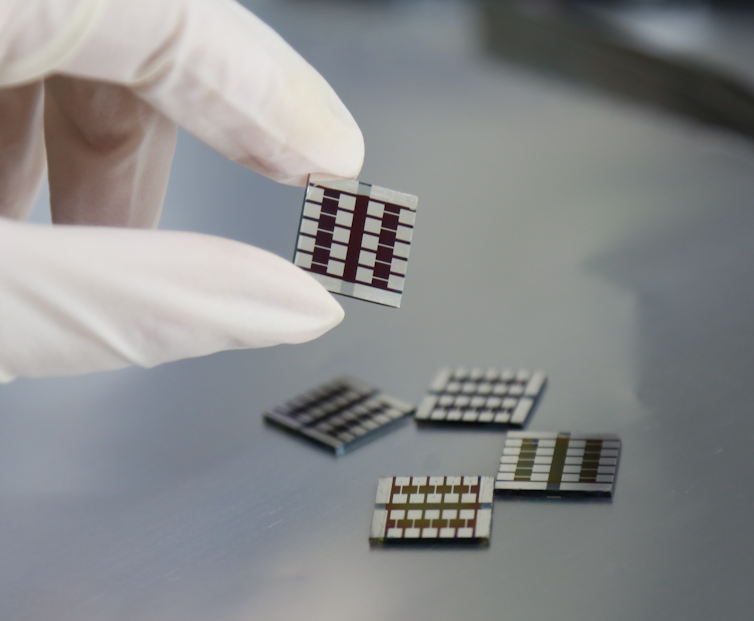
Image credit: ViktoriyaFivko/Shutterstock
This article by Dr Jon Major, from the University's Stephenson Institute for Renewable Energy, was originally published by 'The Conversation'.
Here's some news hot off the press. Researchers have found a secret ingredient for making solar panels that absorb the sun's energy more efficiently. Depending on what you like to eat, there's a good chance you can find it at home. Capsaicin, the chemical that gives chili peppers their spicy sting, also improves perovskite solar cells - the devices that make up solar panels.
Adding capsaicin expands the grains which make up the active material of the solar cell, allowing it to more effectively transport electricity. More importantly, the material goes from having a deficit of electrons to having an excess, changing how the cell operates and allowing more sunlight to be converted to electricity. In essence, adding capsaicin adds electrons, which may or may not be the same effect you experience on your tongue after a particularly spicy biryani.
The capsaicin-laced cells are among some of the most efficient that have been reported. Rather than a gimmick to grab headlines, adding this chemical from chili peppers may actually be a route to improving the performance of solar cells.

Image: The perovskite solar cells containing capsaicin.
But why would you think to add chili peppers to a solar panel in the first place? Unfortunately, the researchers didn't share their thought process. But I happen to have form in this area too.
A light bulb moment
In 2014, I published a paper demonstrating how a compound called magnesium chloride could dramatically reduce the cost of solar energy, albeit in a different type of solar cell. Haven't heard of magnesium chloride? Well if you're vegan, you've probably consumed it at one time or another.
It's a salt not too dissimilar to table salt (sodium chloride) and it can be recovered from sea water. It has many uses, but one of its most popular is in Japanese cooking, where it's known as nigari and used as the coagulant for thickening tofu. My findings led to some media coverage of "tofu solar", which was fun, and me getting called tofu boy at academic conferences (less fun).
Does this mean food chemicals transfer particularly well to solar cell research? Not really. The coincidence has more to do with the overlap between food and chemistry and the "what if" approach that guides a lot of material scientists.






